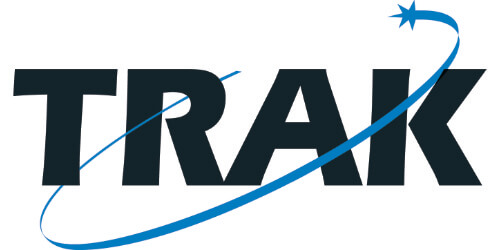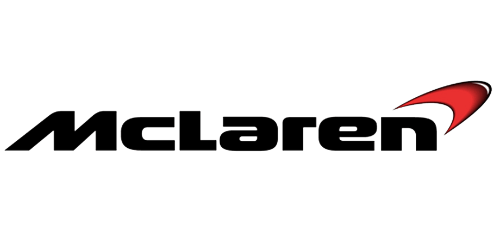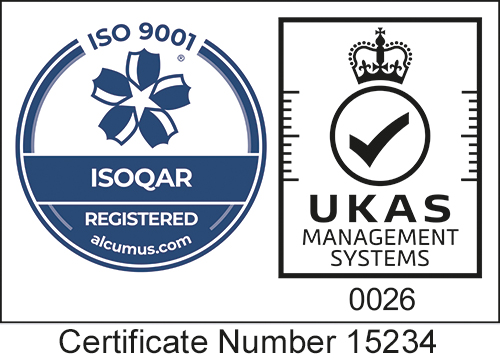In this recent publication, researchers from the University of Edinburgh describe Silicone Oil-Grafted Low-Hysteresis Water-Repellent Surfaces and discuss the durability of these surfaces in applications ranging from anti-icing and self-cleaning surfaces, to enhanced heat transfer and biomedical devices.

The substrates used in the study, diced silicon substrates, underwent a thorough cleaning process before the grafting of silicone oil. The cleaning process involved an ultrasonic bath with acetone and ethanol, followed by rinsing with distilled water and drying with compressed air. The substrates are subjected to a 5-minute plasma-cleaning step using Henniker’s HPT-200 plasma cleaner.

Diagram showing Silicone Oil-Grafted Low-Hysteresis Water-Repellent Surfaces
Courtesy of https://pubs.acs.org/doi/10.1021/acsami.2c20718
The purpose of the plasma-cleaning step is to ensure the complete spreading of the silicone oil on the substrates. Plasma cleaning removes any adsorbed components, such as volatile organic compounds, from the surface, enhancing surface wettability and promoting better uniformity and stability of the grafted oil.
The contact angles of water droplets on the substrates are measured before and after solvent cleaning, as well as after air plasma cleaning, at different ambient exposure times. Immediately after air plasma cleaning, the water droplet spreads completely on the sample.
Over time, finite contact angles are observed, with values of 28°, 49°, and 59° reported after 3, 7, and 14 days, respectively. By contrast, if only organic solvent cleaning is used, the contact angles consistently remain above 60° regardless of the ambient exposure time.
![]()
Graph showing contact angle of Silicone Oil-Grafted Low-Hysteresis Water-Repellent Surface over time
Courtesy of https://pubs.acs.org/doi/10.1021/acsami.2c20718
Based on these observations, it can be inferred that after air plasma cleaning, the substrates are free from adsorbed organic compounds, allowing the silicone oil to directly interact and bond with the surface. This has enabled precise control over wettability and contact line pinning, opening new possibilities for creating hydrophobic surfaces with low contact angle hysteresis (CAH) and improved stability.
Stability is a crucial aspect of surface coatings, and this work has addressed this challenge as well. Thermal treatment has been used to stabilise coatings, preventing the decay of the receding CA over time and maintaining a stable CAH. This stability enhances the longevity and performance of the coatings, making them suitable for long-term applications.
In recent years, they have also explored novel approaches such as slippery omniphobic covalently attached liquid (SOCAL) surfaces and oil grafting. SOCAL surfaces involve dip-coating substrates in a solution containing specific chemicals, resulting in surfaces with extremely low CAH and improved droplet mobility. Oil grafting, on the other hand, involves the insertion of polydimethylsiloxane (PDMS) brushes onto a surface through the evaporation of silicone oil. This process confers hydrophobic behaviour and intermediate CAH, which can be further reduced by impregnating additional silicone oil within the PDMS brushes.
While these techniques have shown promising results, the researchers acknowledge the need for optimising various parameters to achieve precise control over wettability and contact line pinning. Factors such as grafting temperature, oil type and volume, oil viscosity, substrate characteristics, and coating thickness play crucial roles in determining the desired surface properties. By systematically optimising these parameters, the researchers aim to achieve extremely low CAH and provide guidelines for the fabrication of hydrophobic surfaces with tailored wetting properties.
Read the full article hereMore information about the HPT-200



















